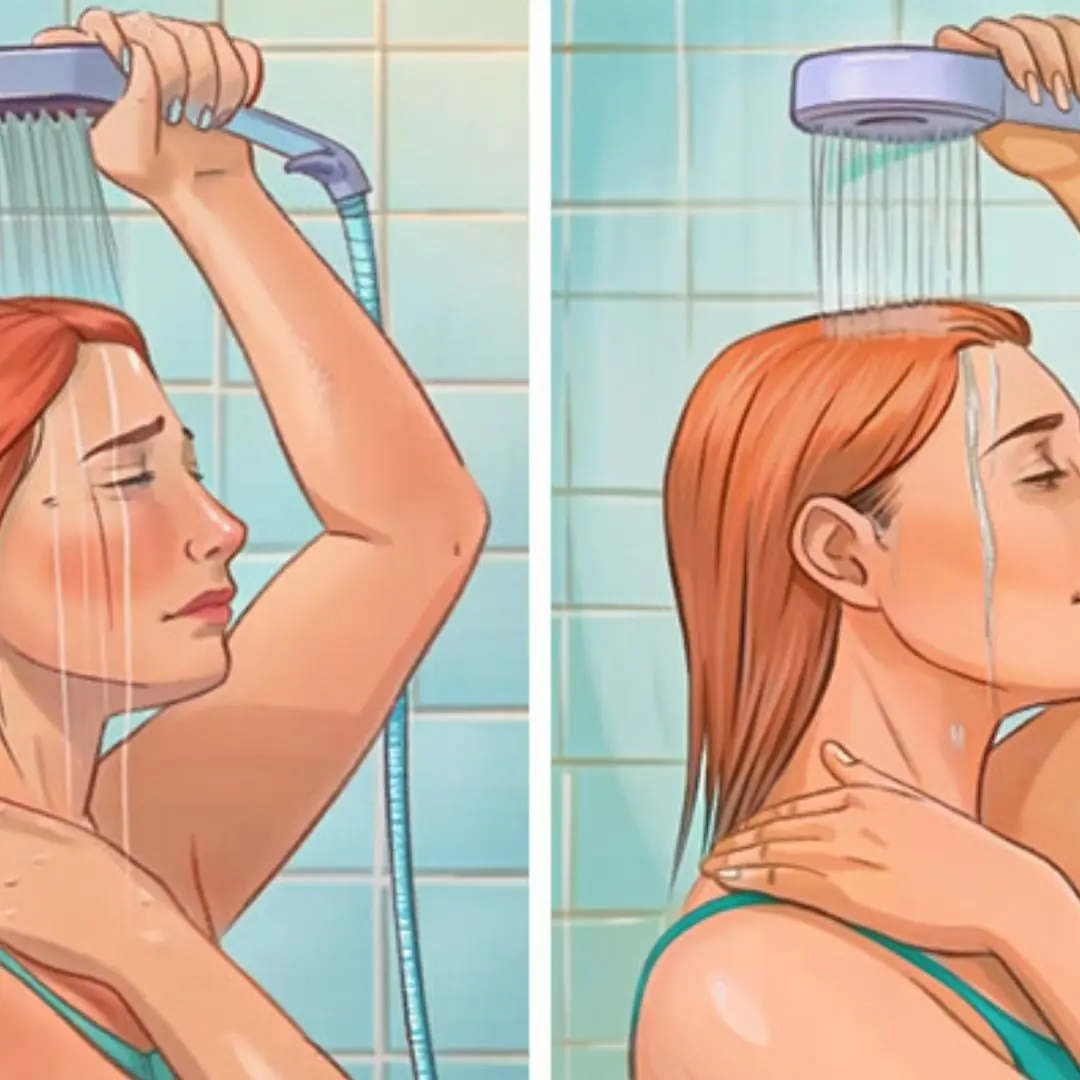
How to Handle Emergency Cardiovascular Situations?
How to Handle Emergency Cardiovascular Situations?
Recognizing early signs of cardiovascular emergencies and providing initial proper care can help prevent unfortunate outcomes for patients. In reality, a significant number of people pass away before reaching the hospital due to severe cardiovascular conditions that require immediate intervention.
Below are some common cardiovascular emergencies and how to handle them:
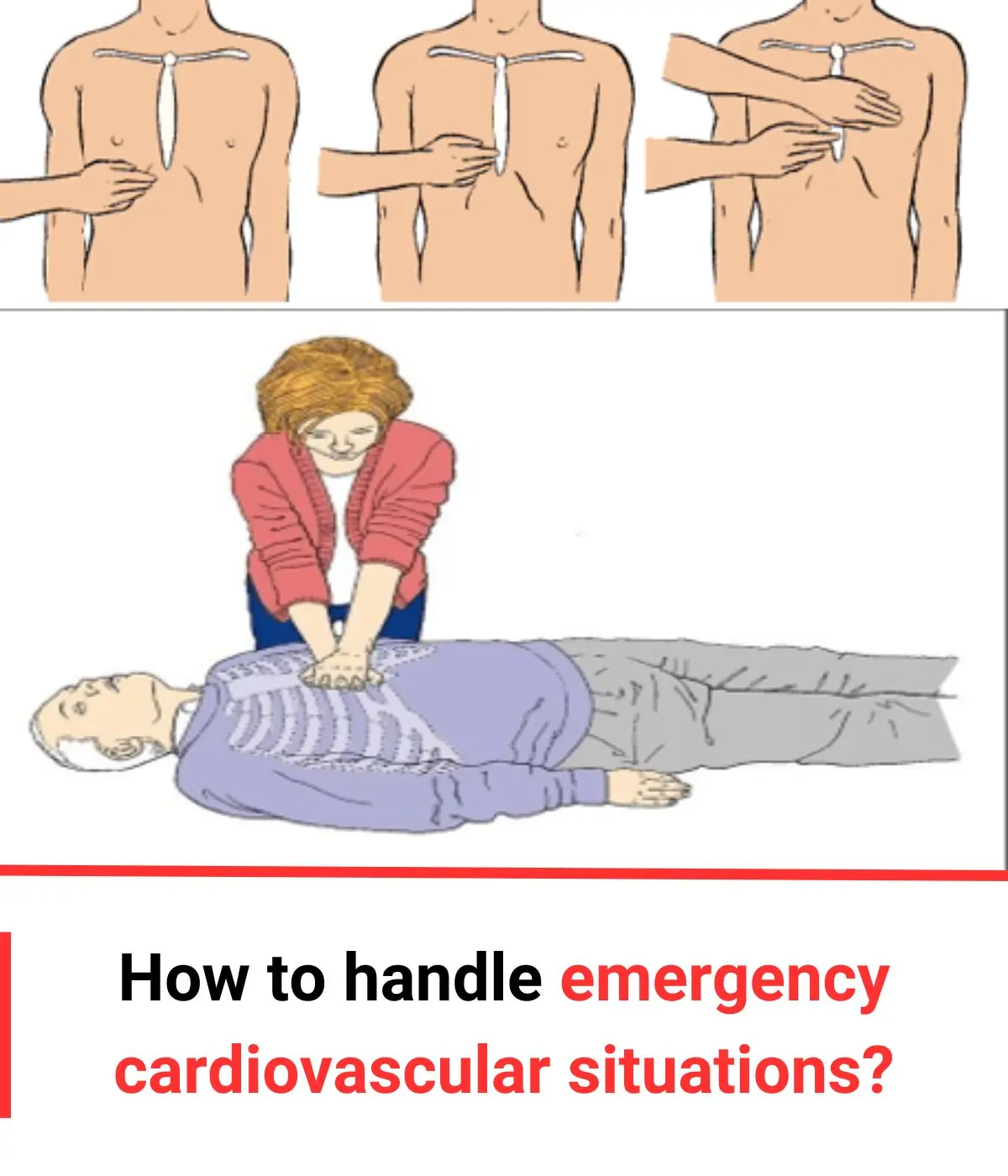
1. Cardiac Arrest
Symptoms:
- Sudden collapse
- Loss of consciousness
- No response to external stimuli
- Bluish skin (cyanosis)
- Absence of breathing
- No detectable carotid or femoral pulse
- Possible involuntary urination or defecation
Emergency Response:
- Call for help and immediately dial emergency services (115 or local emergency number).
- Lay the patient on a firm surface and begin chest compressions (CPR).
- CPR technique:
- Kneel beside the victim.
- Place your right hand over the back of your left hand, interlocking fingers.
- Position both hands on the lower third of the sternum (breastbone).
- Press firmly and quickly, ensuring the chest compresses properly.
- Continue uninterrupted chest compressions. If alone, focus on compressions only. If there is another rescuer, alternate compressions and rescue breaths.
- Continue CPR until medical help arrives or the patient regains consciousness.
2. Chest Pain in a Heart Attack
Symptoms:
- Severe, crushing chest pain (left-sided or behind the sternum)
- Pain radiates to the jaw, left shoulder, inner left arm, or back
- A sensation of tightness or pressure in the chest
- Cold sweats, shortness of breath
- Pain may last 5-10 minutes or longer
Emergency Response:
- Encourage the person to sit and rest in a comfortable position (semi-reclined).
- Loosen tight clothing (belts, ties) to ease breathing.
- Call emergency services (115 or local emergency number) immediately.
- Keep the patient calm and encourage deep, slow breathing to reduce anxiety.
- If emergency transport is unavailable, arrange a ride to the nearest hospital (preferably via taxi rather than letting the patient drive).
3. Acute Stroke
The acronym F.A.S.T. helps recognize stroke symptoms:
- F (Face): Sudden facial drooping or asymmetry.
- A (Arm): Weakness or numbness in one arm or leg (on the same side).
- S (Speech): Slurred or incoherent speech.
- T (Time): Seek immediate medical attention—"Golden Time" is within 4.5 to 6 hours, up to a maximum of 9 hours.
Emergency Response:
- Do not give the patient any food, drink, or medication.
- Avoid using traditional remedies like pricking fingers for blood release.
- Do not let the patient rest and wait for symptoms to subside.
- Record or take a picture of any medications the patient is currently using.
- Note the time of symptom onset and immediately transport the patient to a hospital with a stroke treatment center.
- If the patient loses consciousness or stops breathing, start CPR immediately.
4. Difficulty Breathing
Symptoms:
- Sudden difficulty inhaling or exhaling
- Rapid, shallow breathing
- Speaking in short phrases
- Cold sweats
Emergency Response:
- Position the patient in an upright position (either sitting with a pillow behind their back or leaning forward slightly).
- Loosen any tight clothing around the chest, neck, and waist.
- Provide oxygen if available or use a hand-held fan to improve airflow.
- Call emergency services (115 or local emergency number) immediately or arrange transport to the nearest hospital.
Why Early Emergency Care Matters?
Providing immediate first aid in community settings increases survival rates and reduces long-term complications before hospital treatment. Developing pre-hospital emergency care systems and ensuring individuals have basic first aid knowledge is particularly beneficial for families with elderly members, children, or individuals with pre-existing heart conditions.
News in the same category


More People Are Dying from Diabetes Complications: Doctors Warn It’s Better to Skip a Meal Than Eat These 7 Types of Vegetables
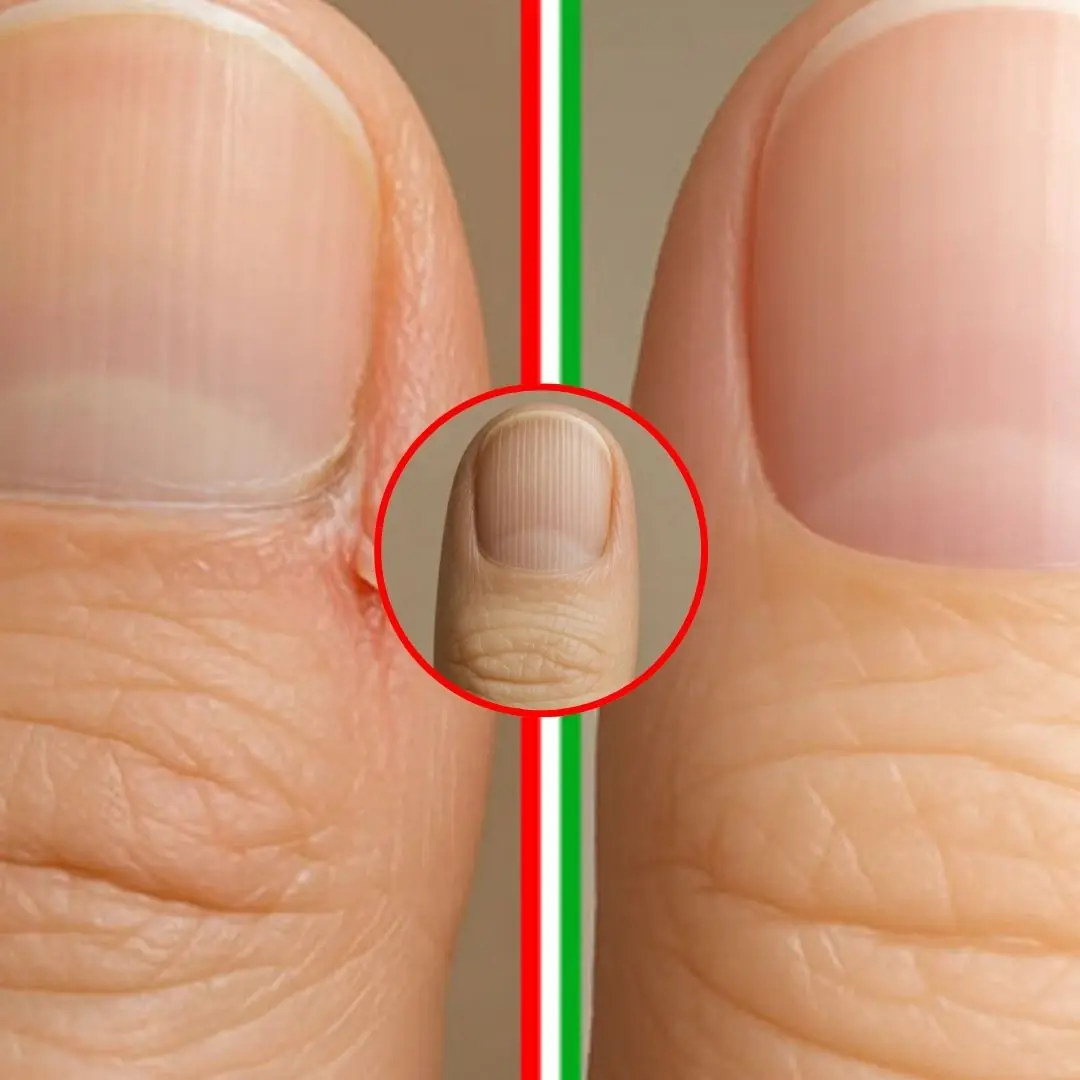
5 Silent Health Problems Your Nails Reveal Before Anything Else — Pay Attention to These Warning Signs!

What happens to your body if you eat purslane every day?
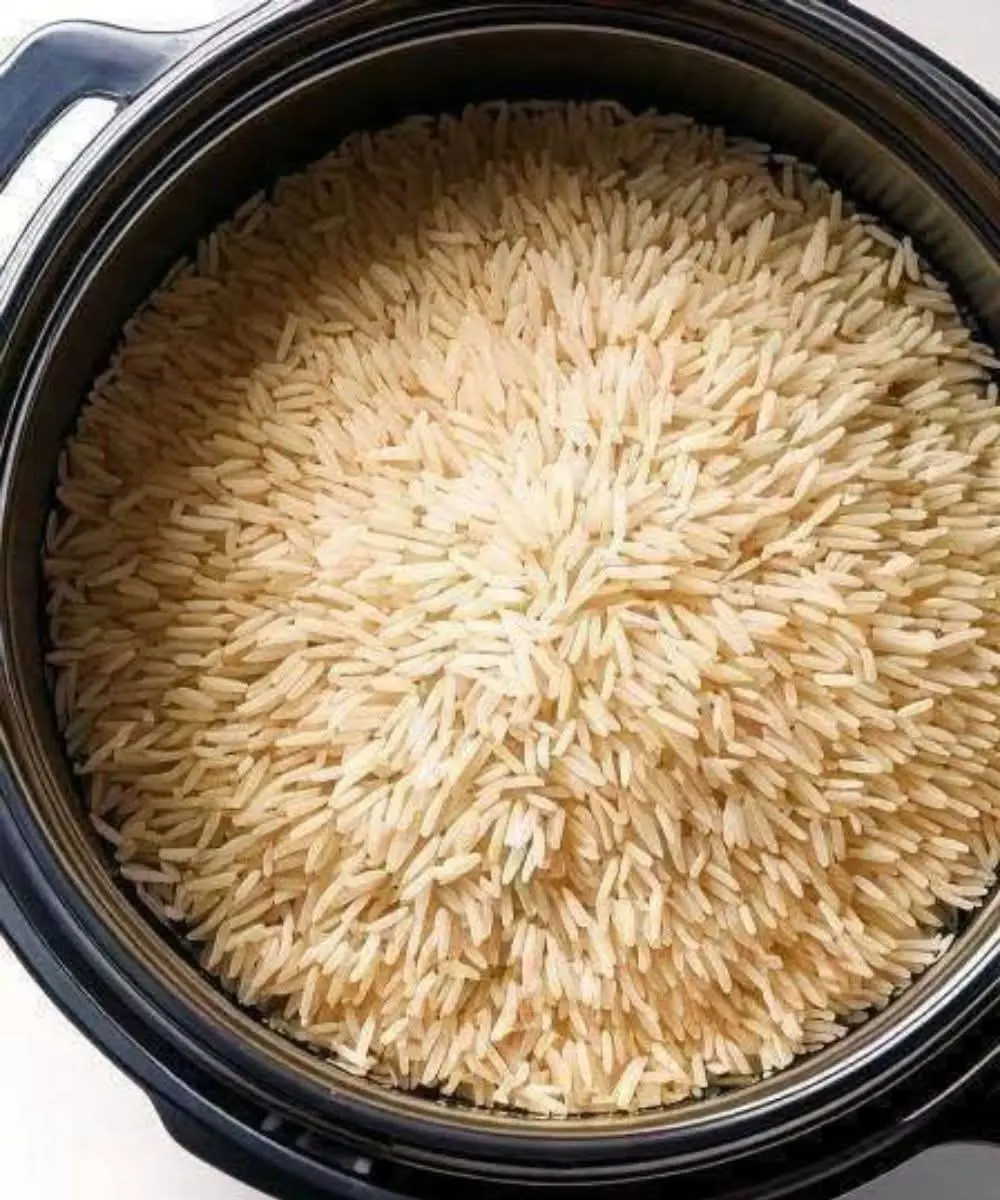
Doctor issues warning about eating too much rice
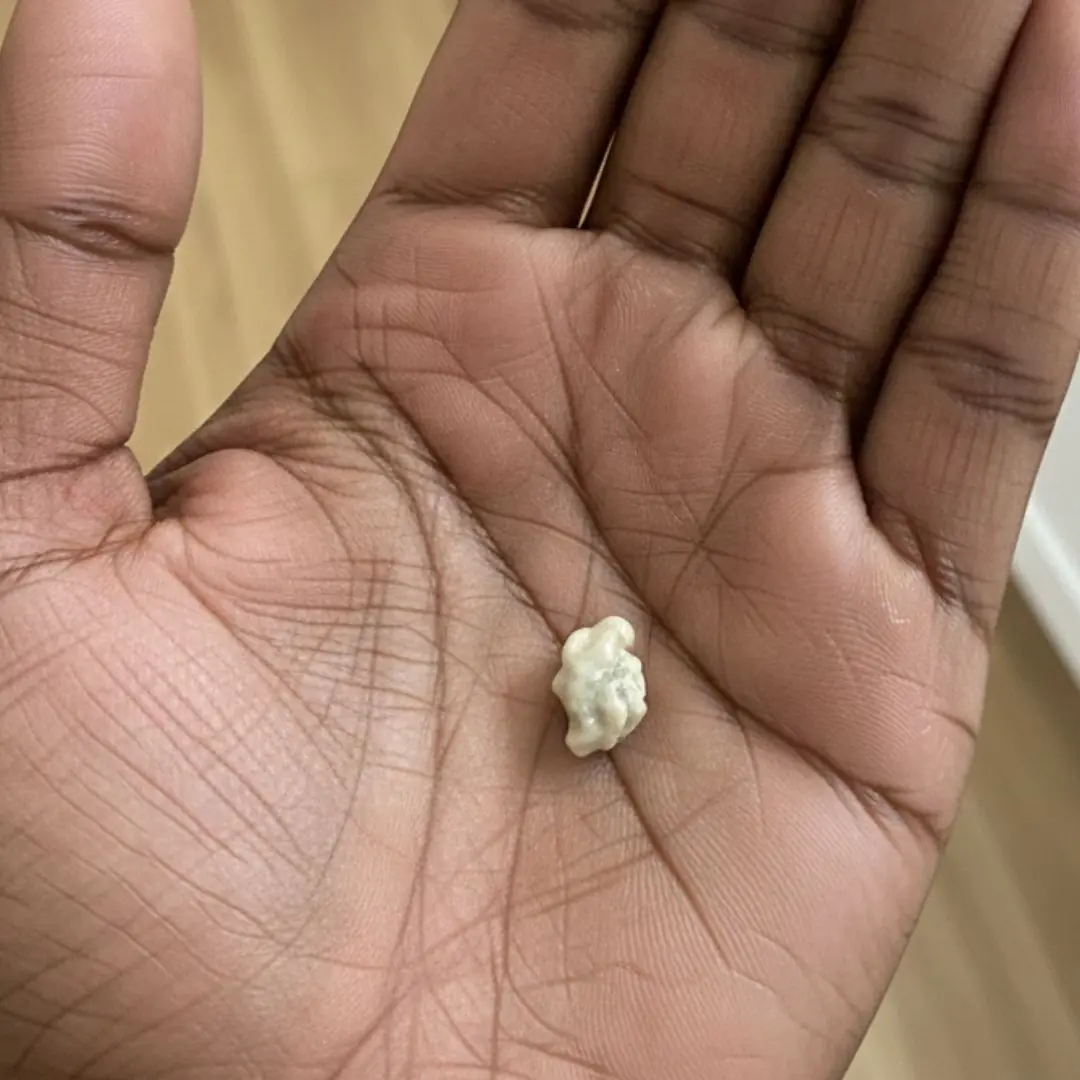
Here’s what you need to know about tonsil stones – the weird pimple-like growths in your throat

A Morning Drink That Detoxifies the Liver Better Than Ginseng or Bird’s Nest

Benefits of eating sprouted garlic that you may not know
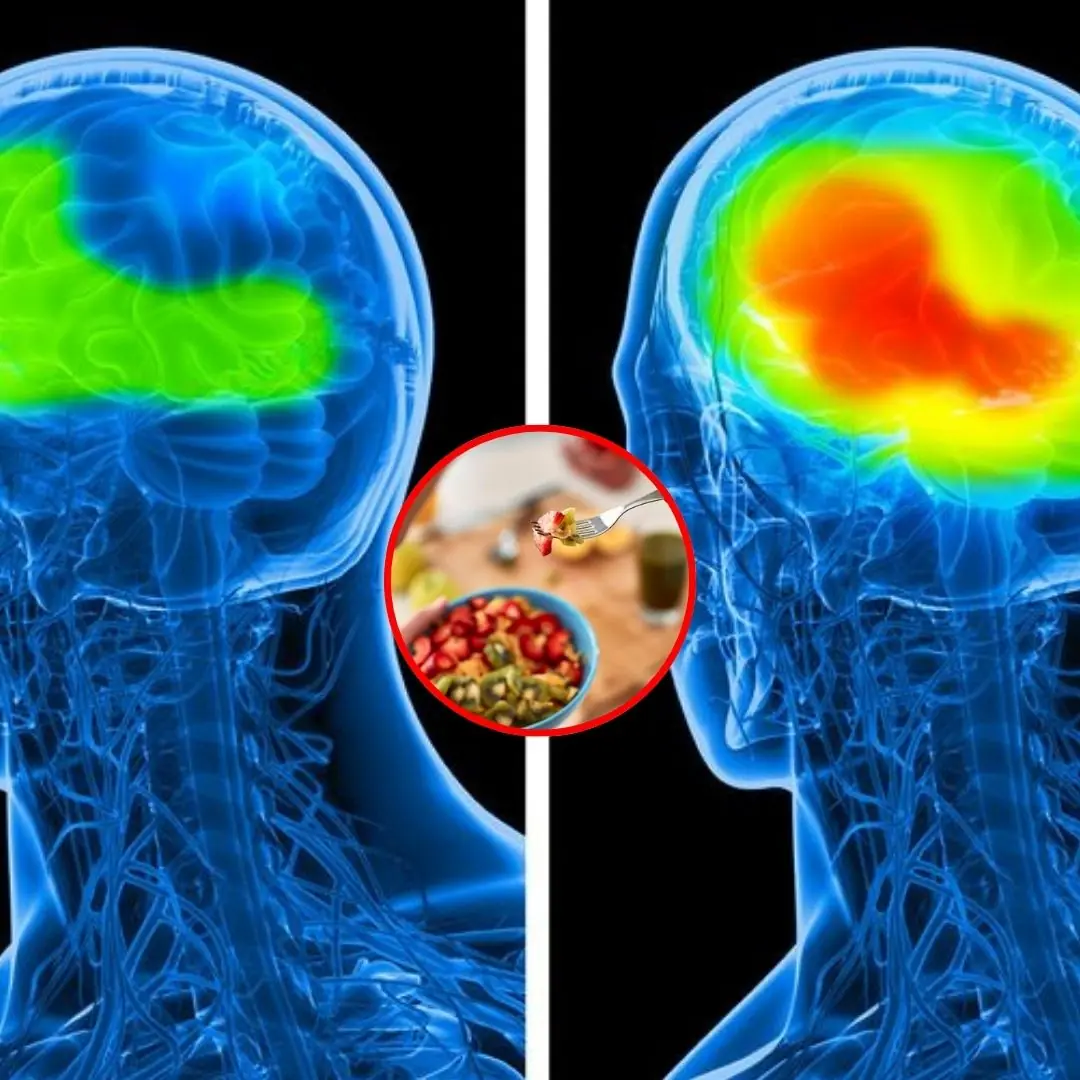
What Really Happens to Your Body When You Skip Breakfast Every Single Day — The Answer May Surprise You!
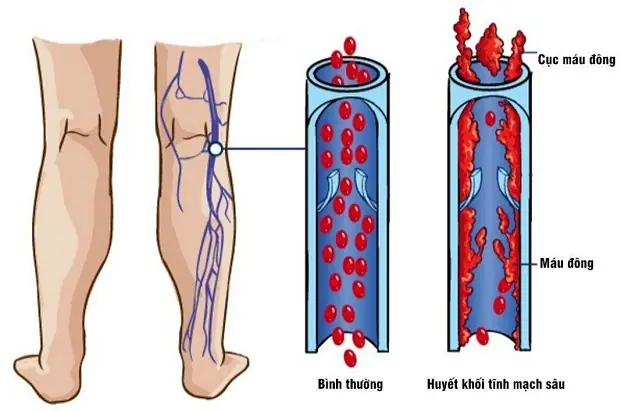
If You Have Poor Circulation, Cold Feet or Varicose Veins, Start Doing these 6 Things
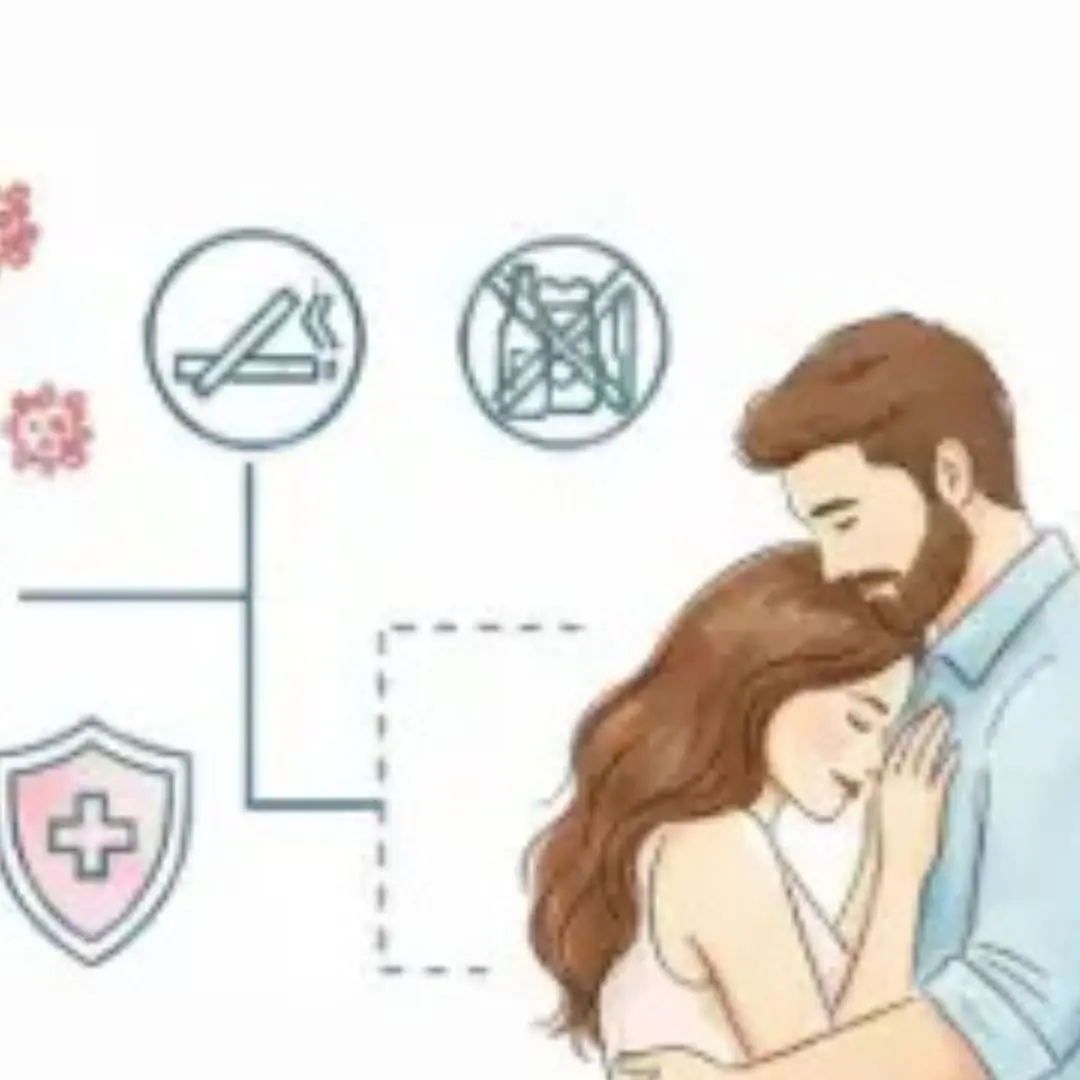
Husbands With These 2 Bad Habits May Put Their Wives at Higher Risk of Br:east Can:cer
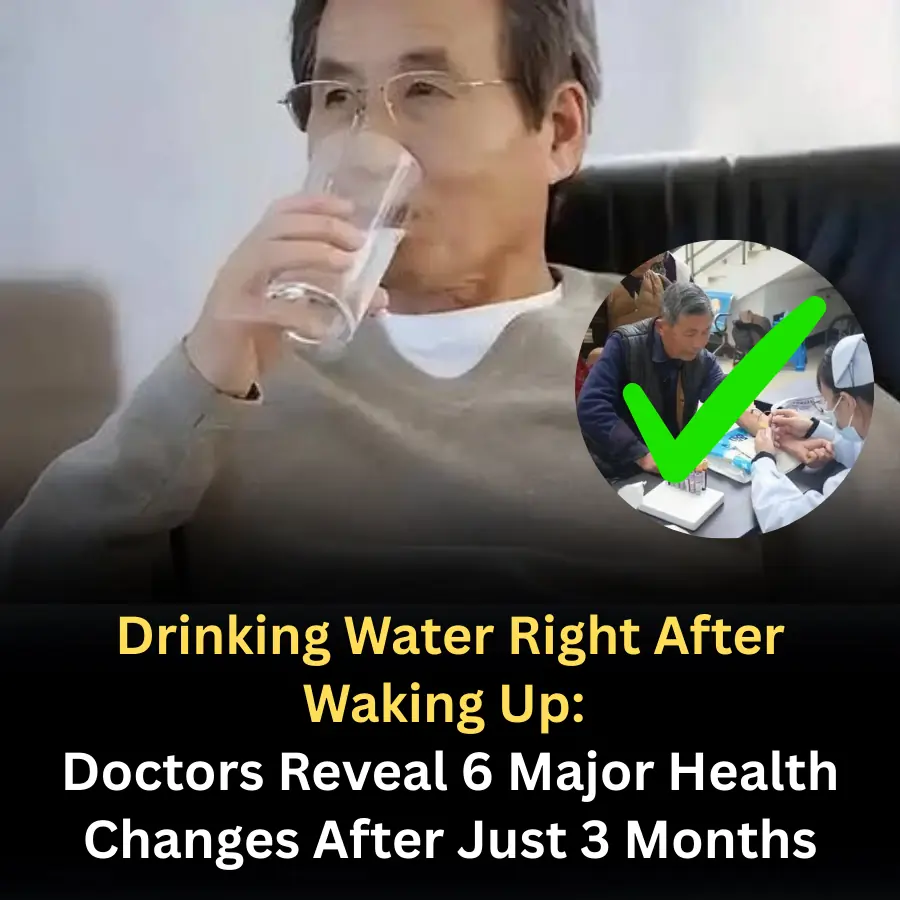
Drinking Water Right After Waking Up: Doctors Reveal 6 Major Health Changes After Just 3 Months
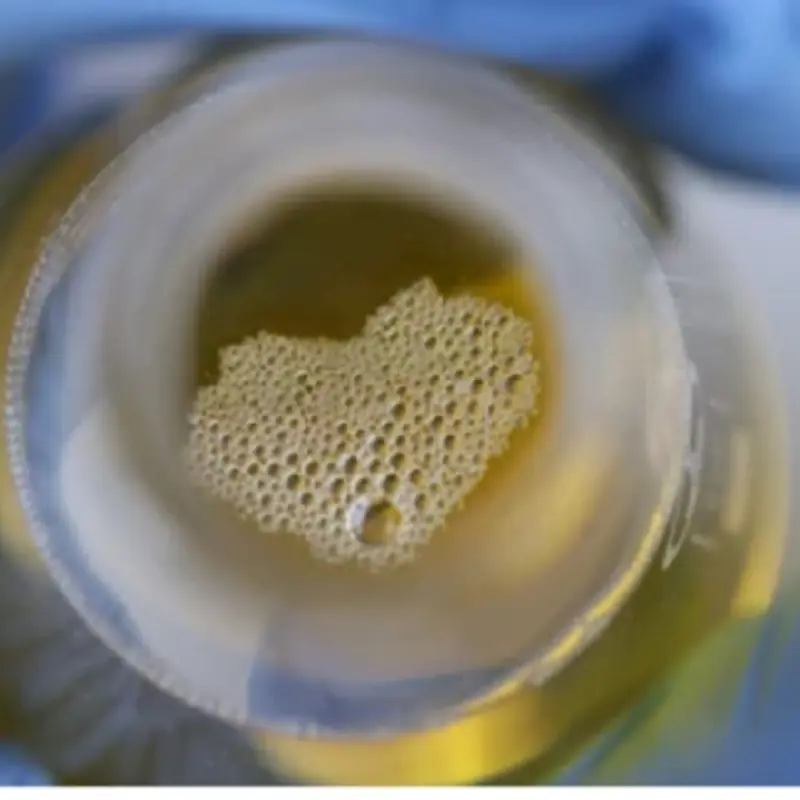
Men and Women Who Notice These 3 Signs in Their Urine Should See a Doctor Immediately
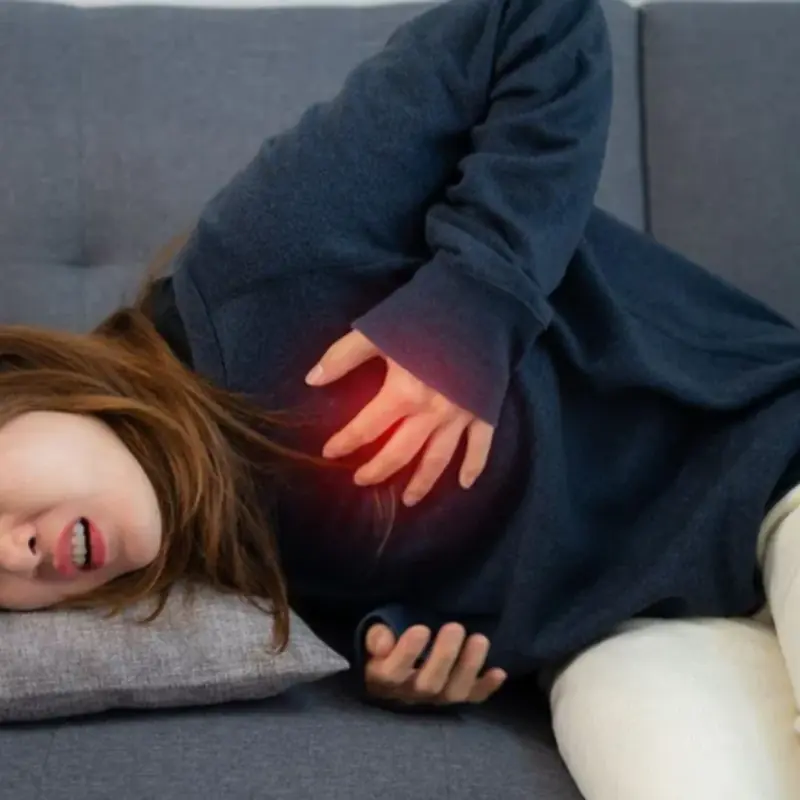
A 20-Year-Old Girl Suffered Car.diac Arrest and Org.an Fail.ure After Drinking This Popular Beverage
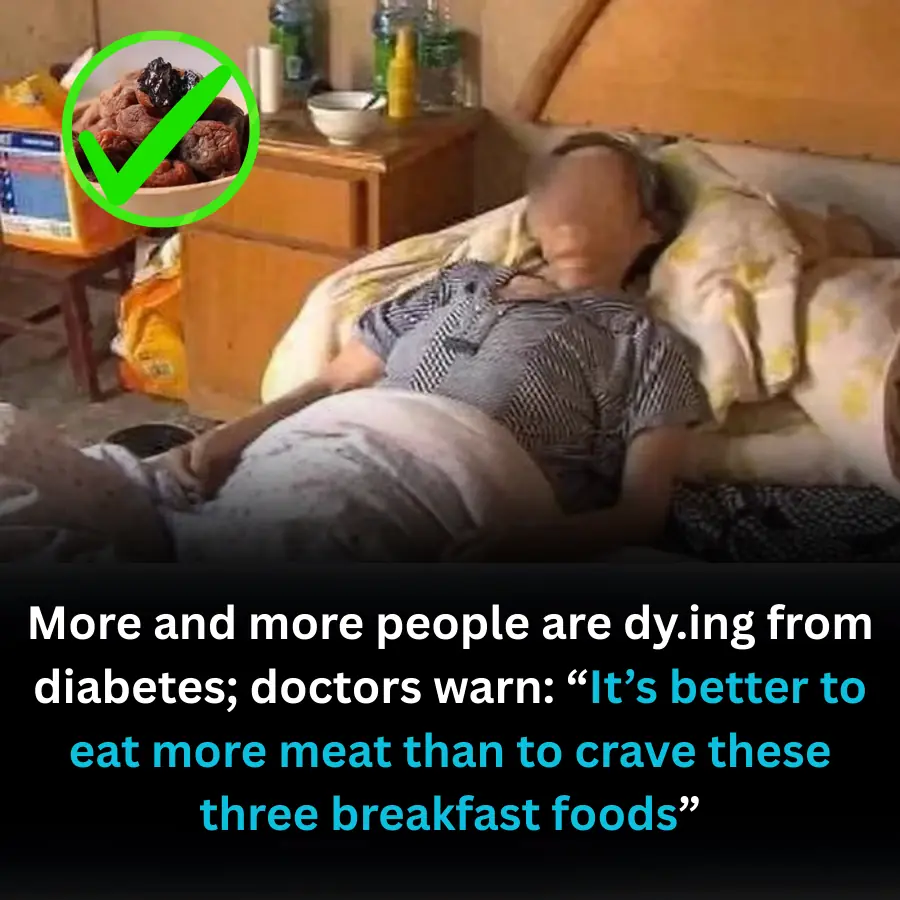
Three Common Breakfast Foods May Accelerate Diabetes Risk and Complications

Why place a cup of salt water by your bed? You'll understand why
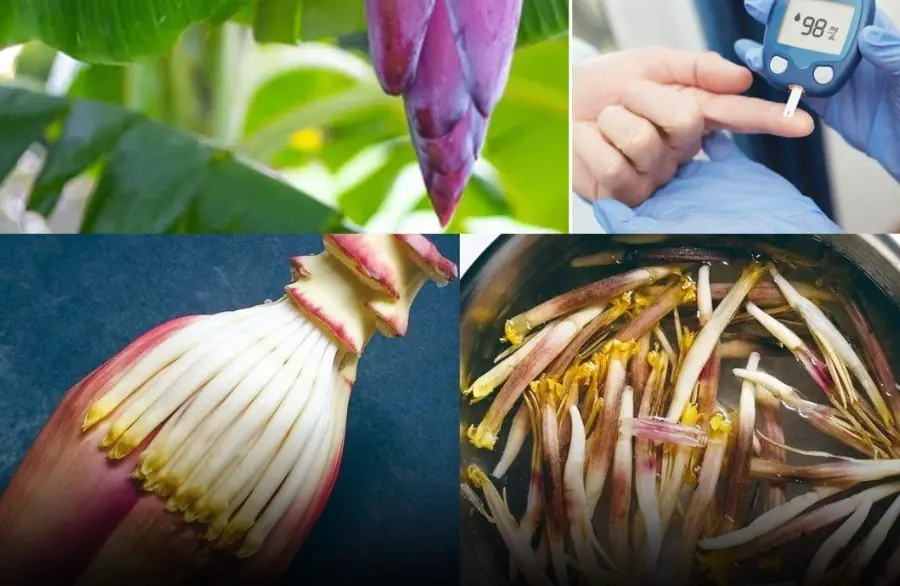
Say goodbye to diabetes, high blood pressure, and stomach pain with just one natural remedy you never expected
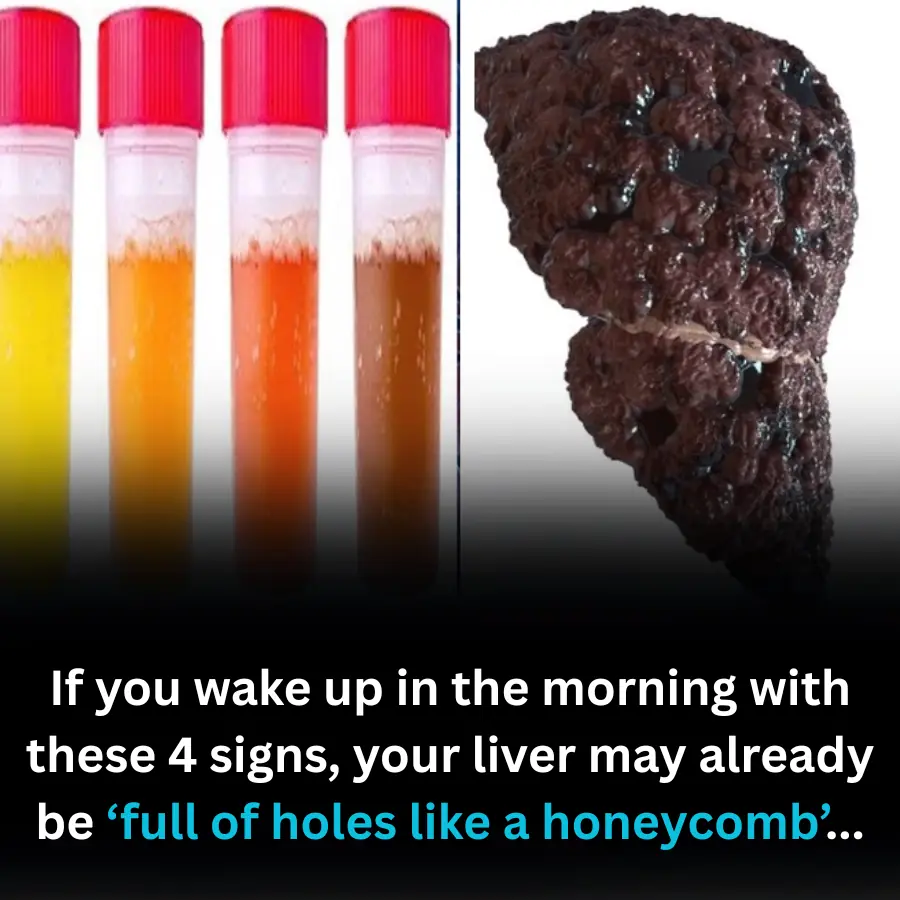
If You Wake Up With These 4 Morning Signs, Your Liver May Already Be “Full of Holes Like a Honeycomb”
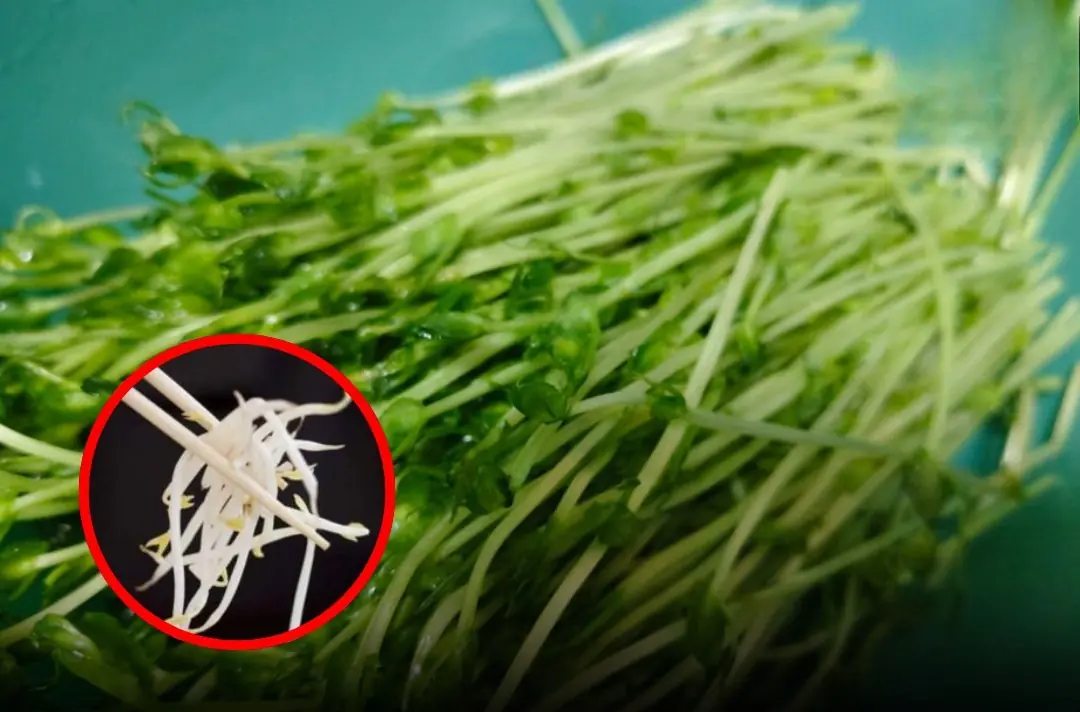
Can:cer - Linked Vegetables Many People Still Eat — Stop Consuming Them Now
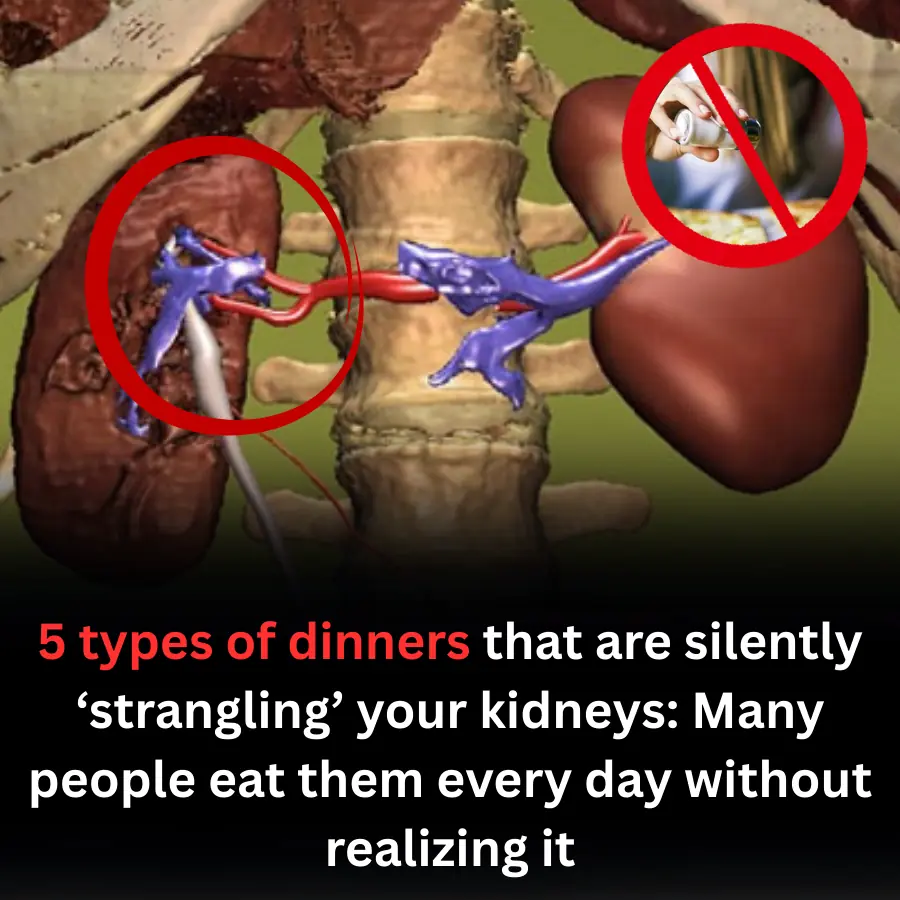
5 Common Dinner Habits That Are “Strangling” Your Kidneys — Many People Eat Them Daily Without Knowing
News Post

More People Are Dying from Diabetes Complications: Doctors Warn It’s Better to Skip a Meal Than Eat These 7 Types of Vegetables

Should the Bathroom Door Be Open or Closed When Not in Use?

5 Silent Health Problems Your Nails Reveal Before Anything Else — Pay Attention to These Warning Signs!

What happens to your body if you eat purslane every day?
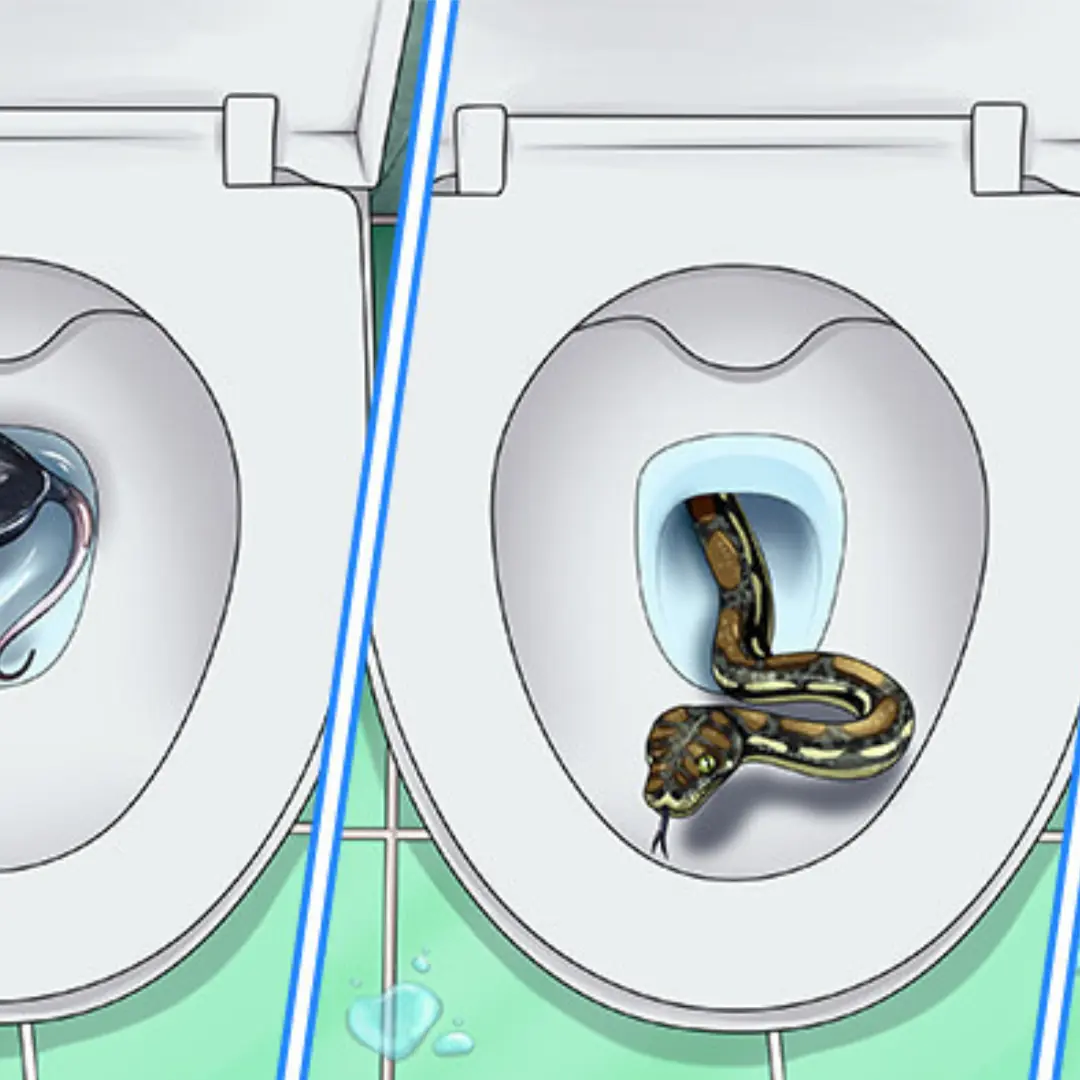
7 Terrifying Creatures That Can Crawl Up Through Your Toilet — And How to Stop Them
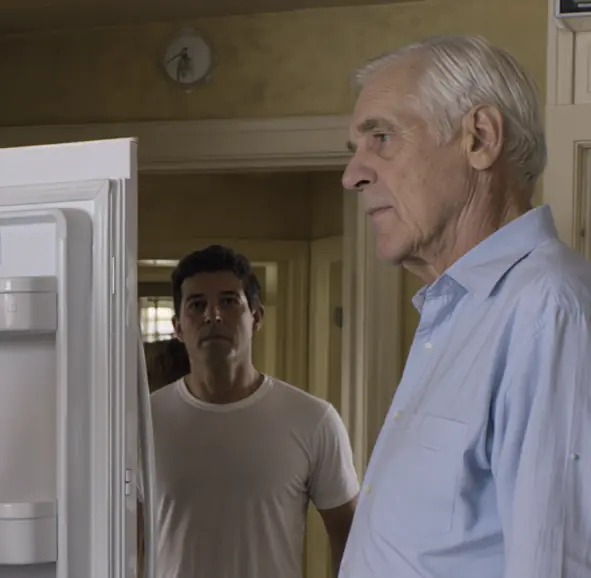
A Father’s Insight: The Empty Fridge Revelation

A complete guide to handling snake bit.es: What to do immediately and why it matters

Pack your junk and get out of here!” — the mother-in-law came to throw Vika out of her own apartment

Doctor issues warning about eating too much rice

Here’s what you need to know about tonsil stones – the weird pimple-like growths in your throat

A Morning Drink That Detoxifies the Liver Better Than Ginseng or Bird’s Nest

Benefits of eating sprouted garlic that you may not know

Strawberry Piña Colada Paradise Cake
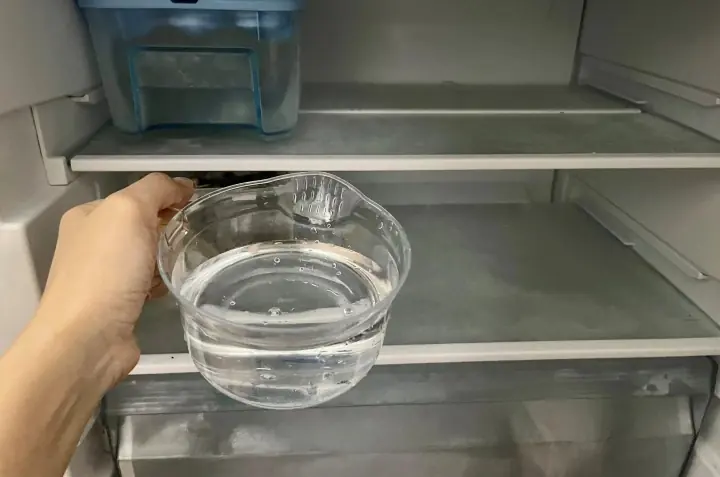
A Simple Nightly Trick That Can Reduce Your Refrigerator’s Electricity Consumption

What Really Happens to Your Body When You Skip Breakfast Every Single Day — The Answer May Surprise You!

If You Have Poor Circulation, Cold Feet or Varicose Veins, Start Doing these 6 Things

Loaded Veggie Nachos

Italian Sausage with Peppers and Onions

Epic Greek Chicken Souvlaki Bowl with Tzatziki & Fresh Veggies
